consists of two sorts of looped fibers, soft monofilament fibers for gentle abrasion that protect intact tissue and more abrasive fibers to break up and remove even firm slough.
All Filters
No filter applied

Cutimed® DebriClean
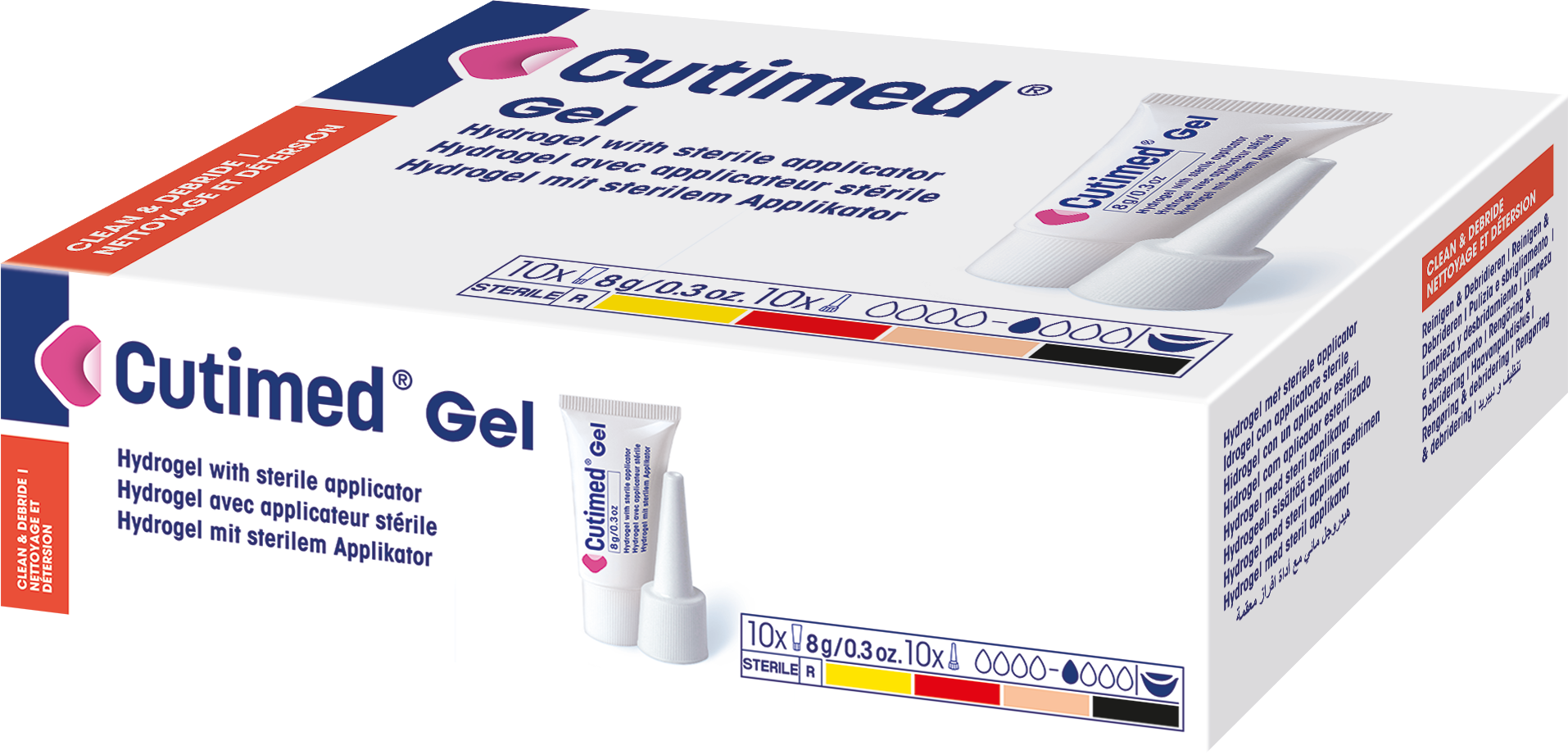
Cutimed® Gel
is a hydrogel with sterile applicator
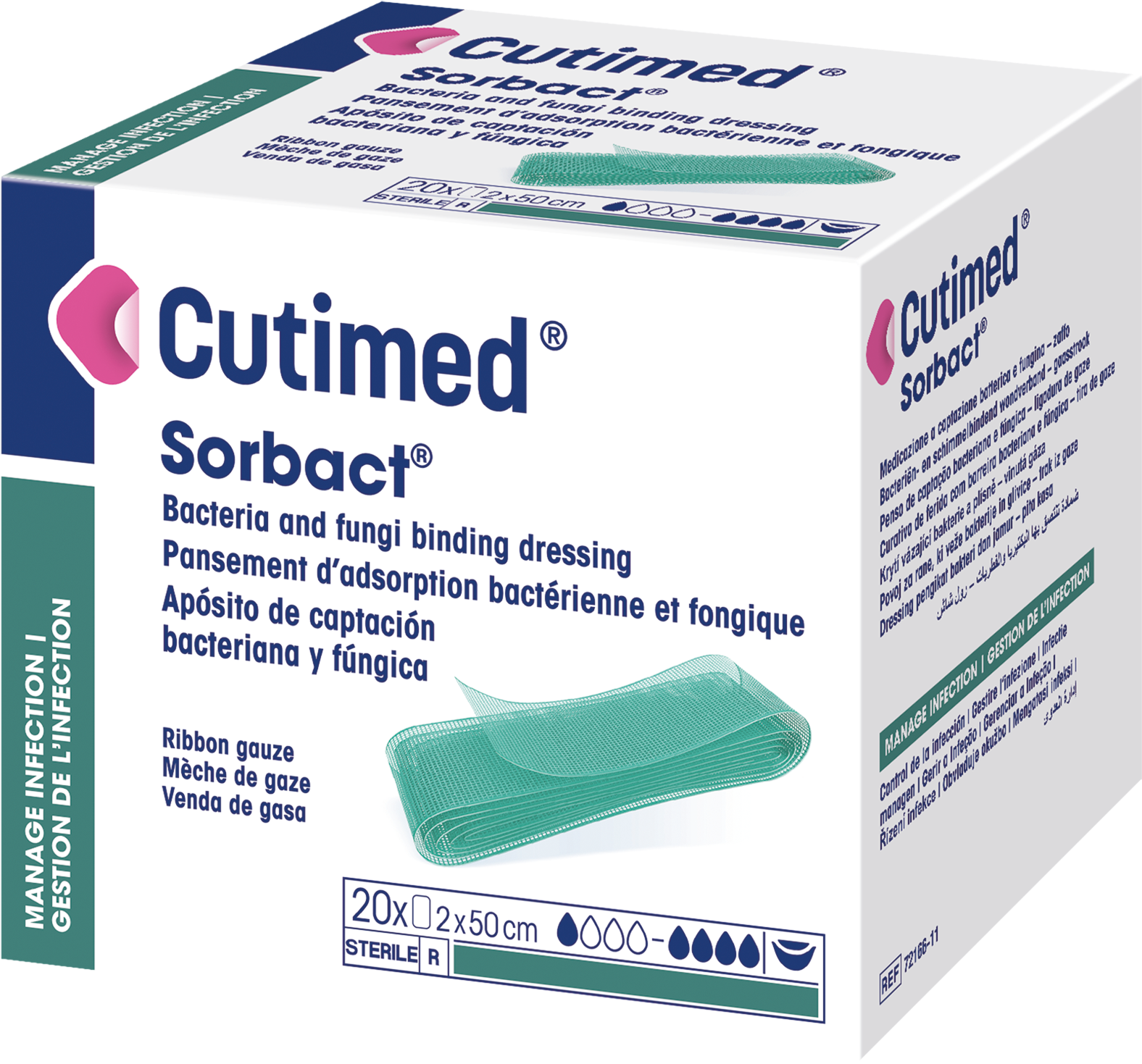
Cutimed® Sorbact® Ribbon Gauze
A sterile, bacteria and fungi binding wound dressing.
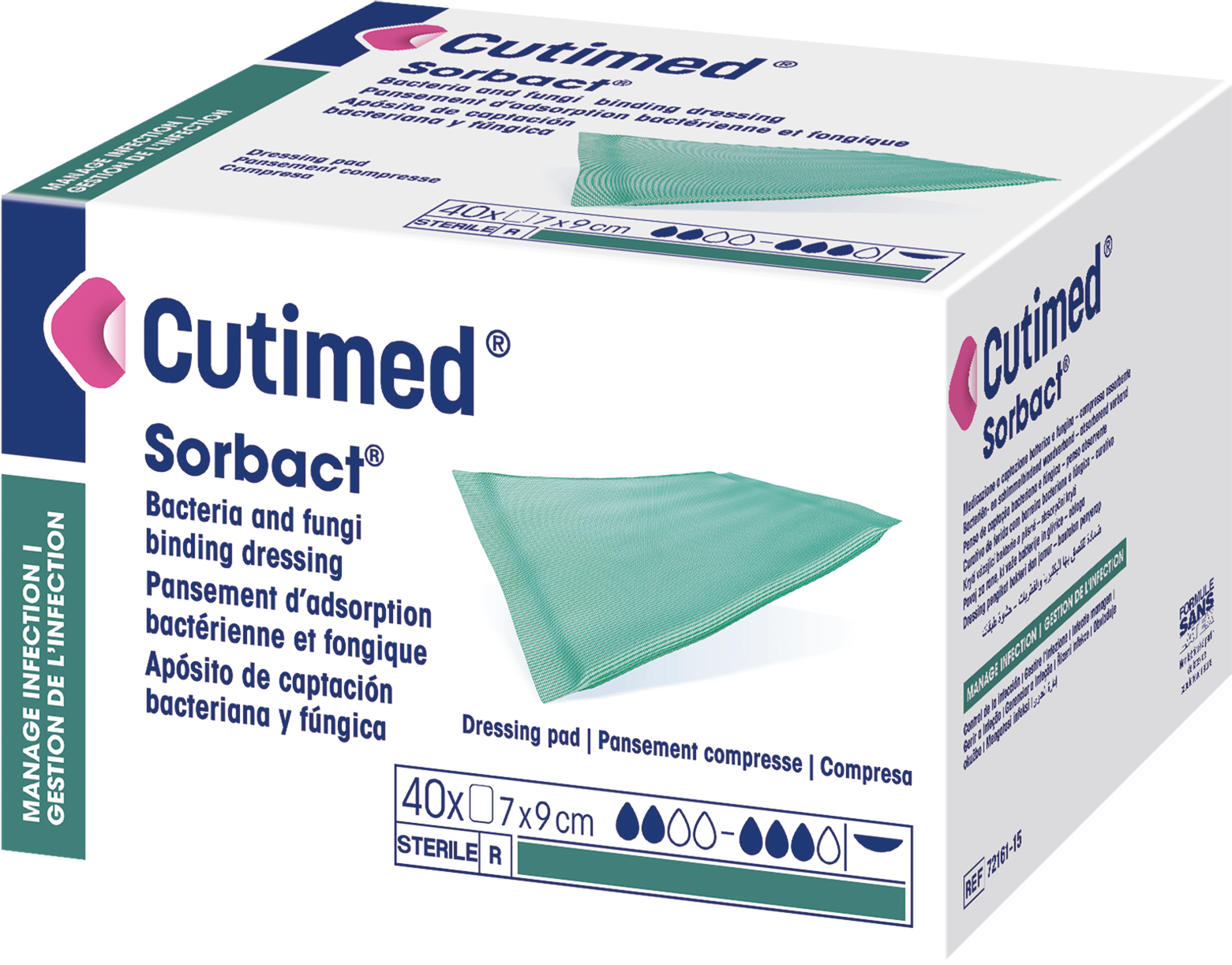
Cutimed® Sorbact® Dressing Pad
A sterile, bacteria and fungi binding absorbent wound dressing.
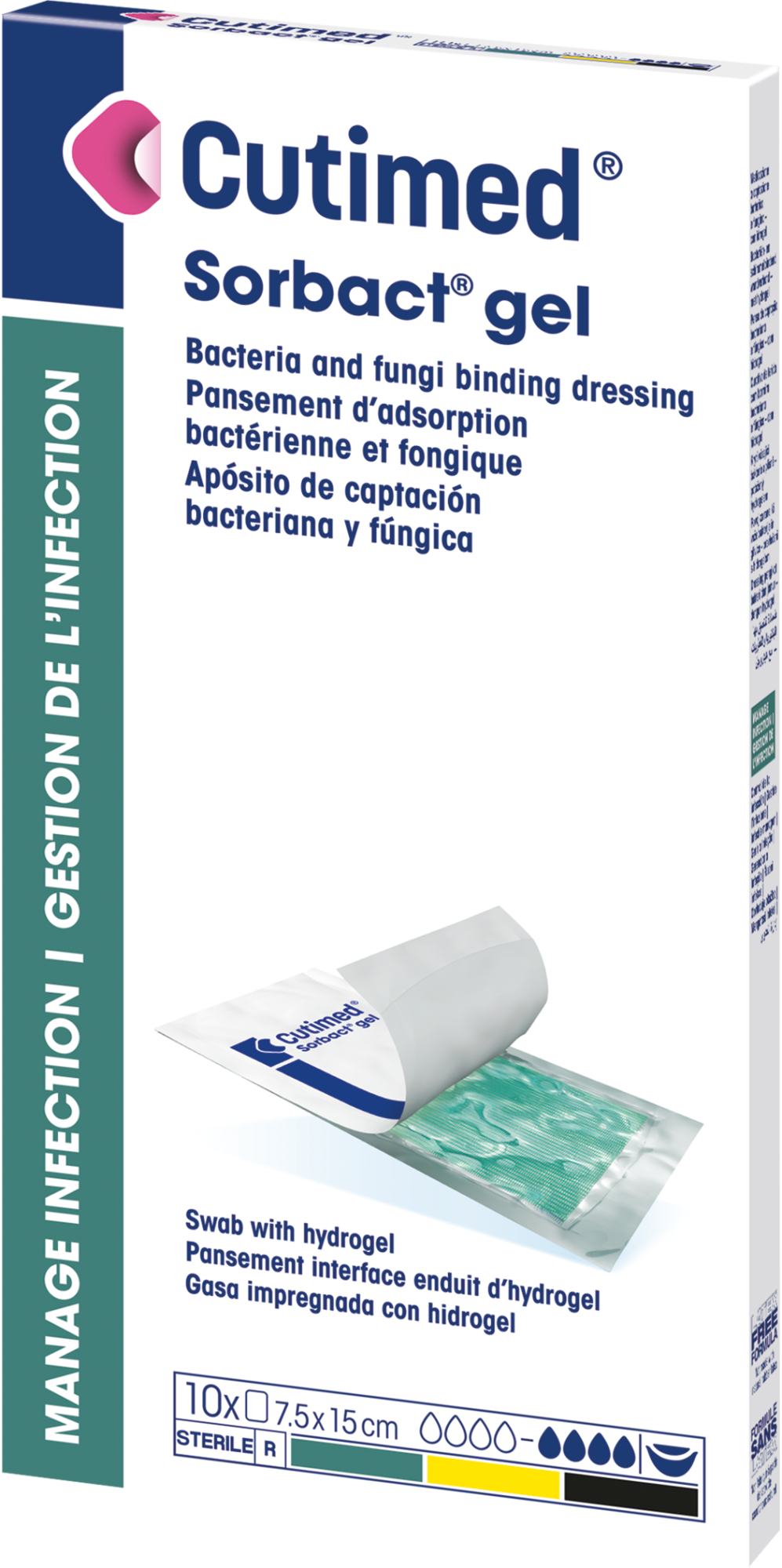
Cutimed® Sorbact® Gel Dressing
A sterile, bacteria and fungi binding wound dressing with hydrogel.
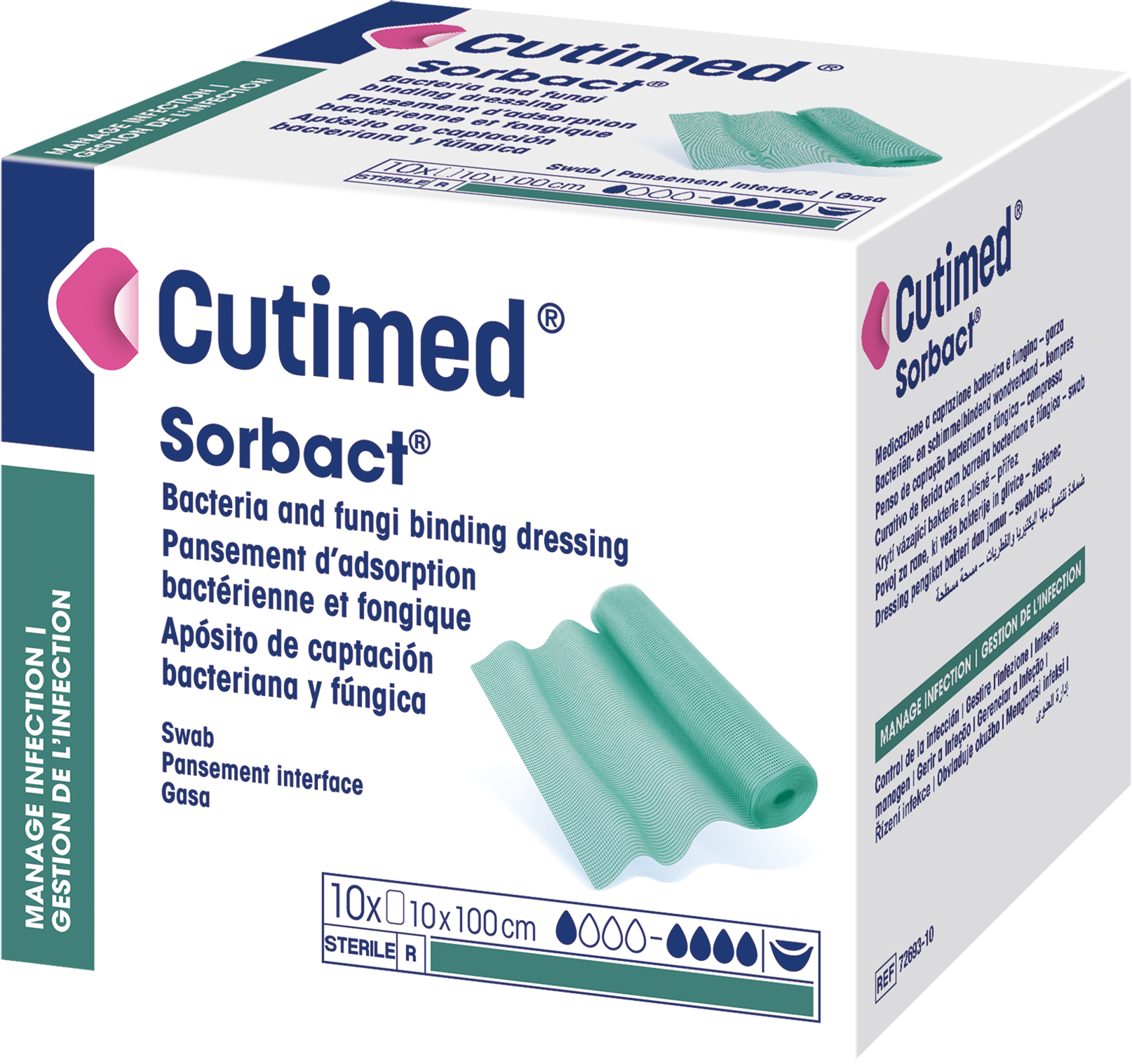
Cutimed® Sorbact® Swab (Compress)
A sterile, bacteria and fungi binding wound dressing.
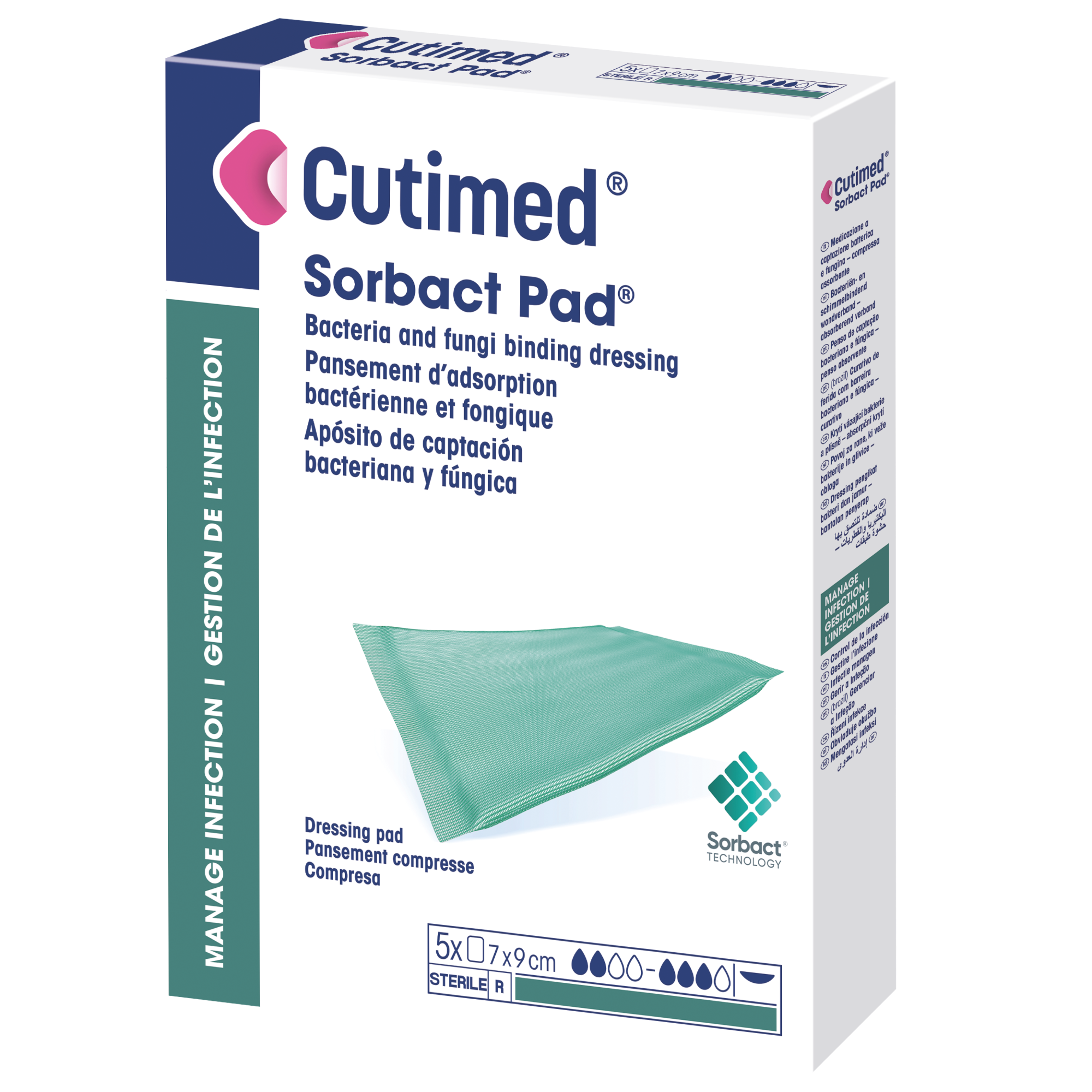
Cutimed® Sorbact Pad®
A sterile, bacteria and fungi binding absorbent wound dressing.
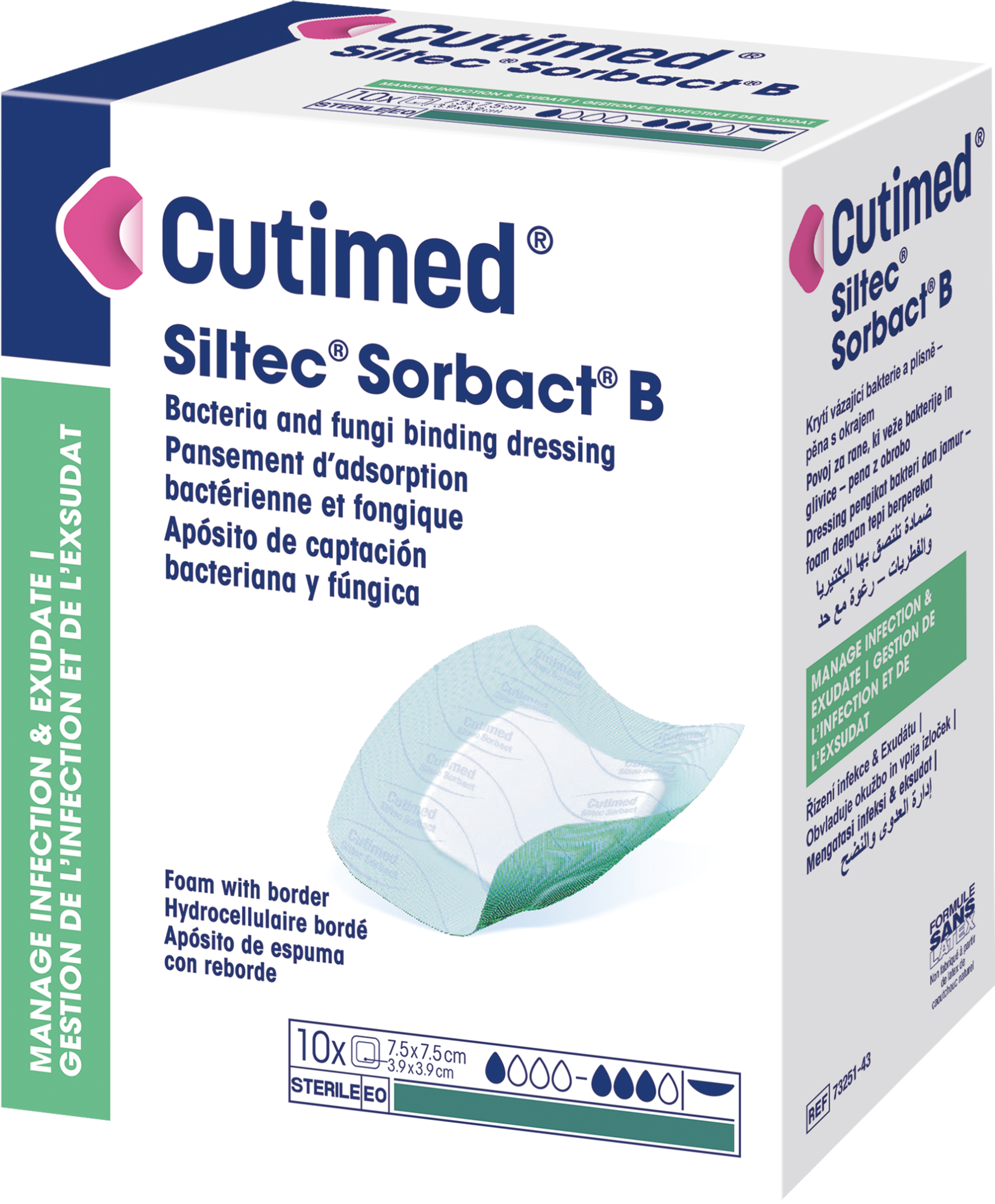
Cutimed® Siltec® Sorbact® B
A sterile, bacteria and fungi binding wound dressing with foam and a silicone adhesive border
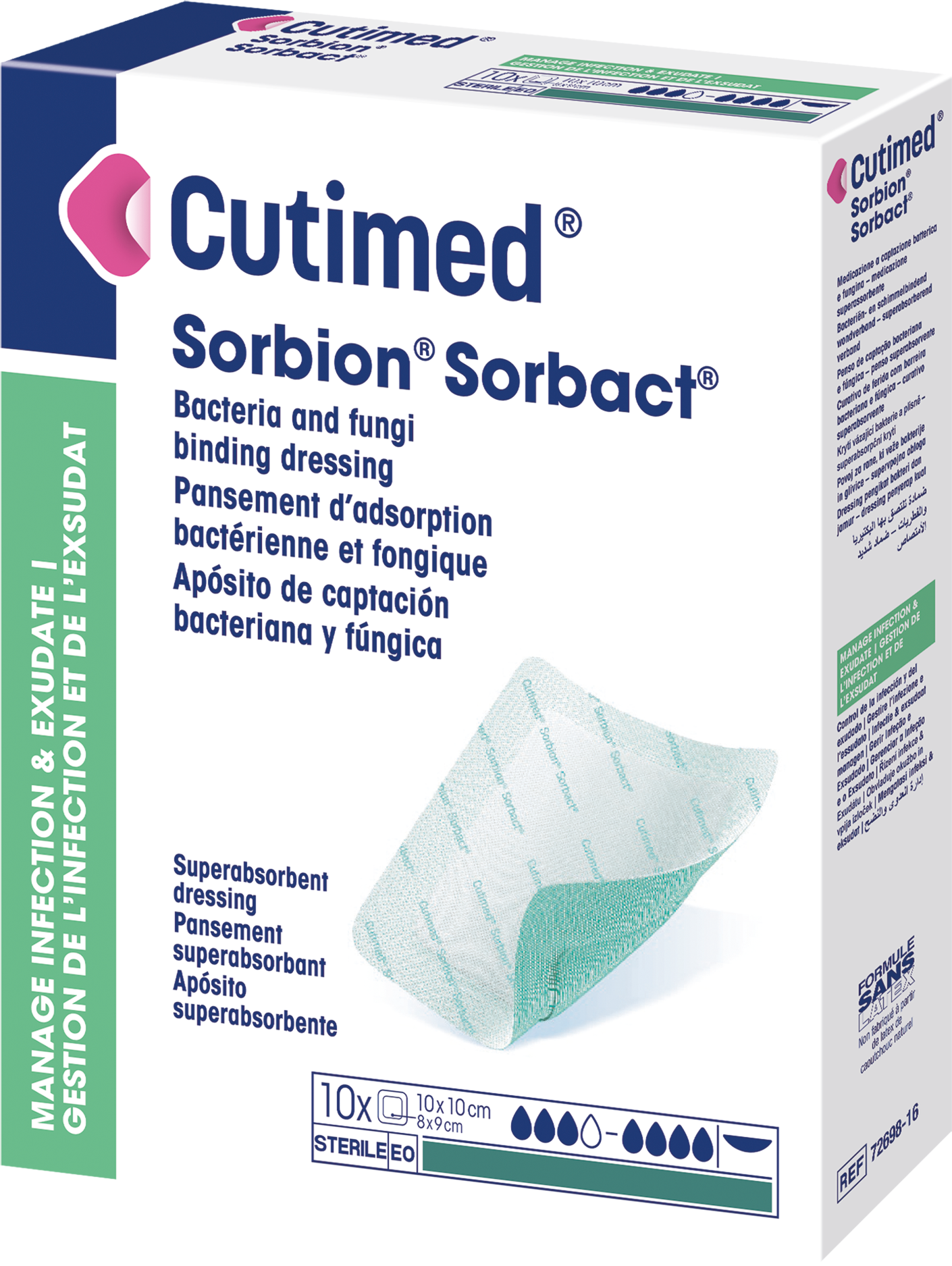
Cutimed® Sorbion® Sorbact®
A sterile, bacteria and fungi binding superabsorbent wound dressing.
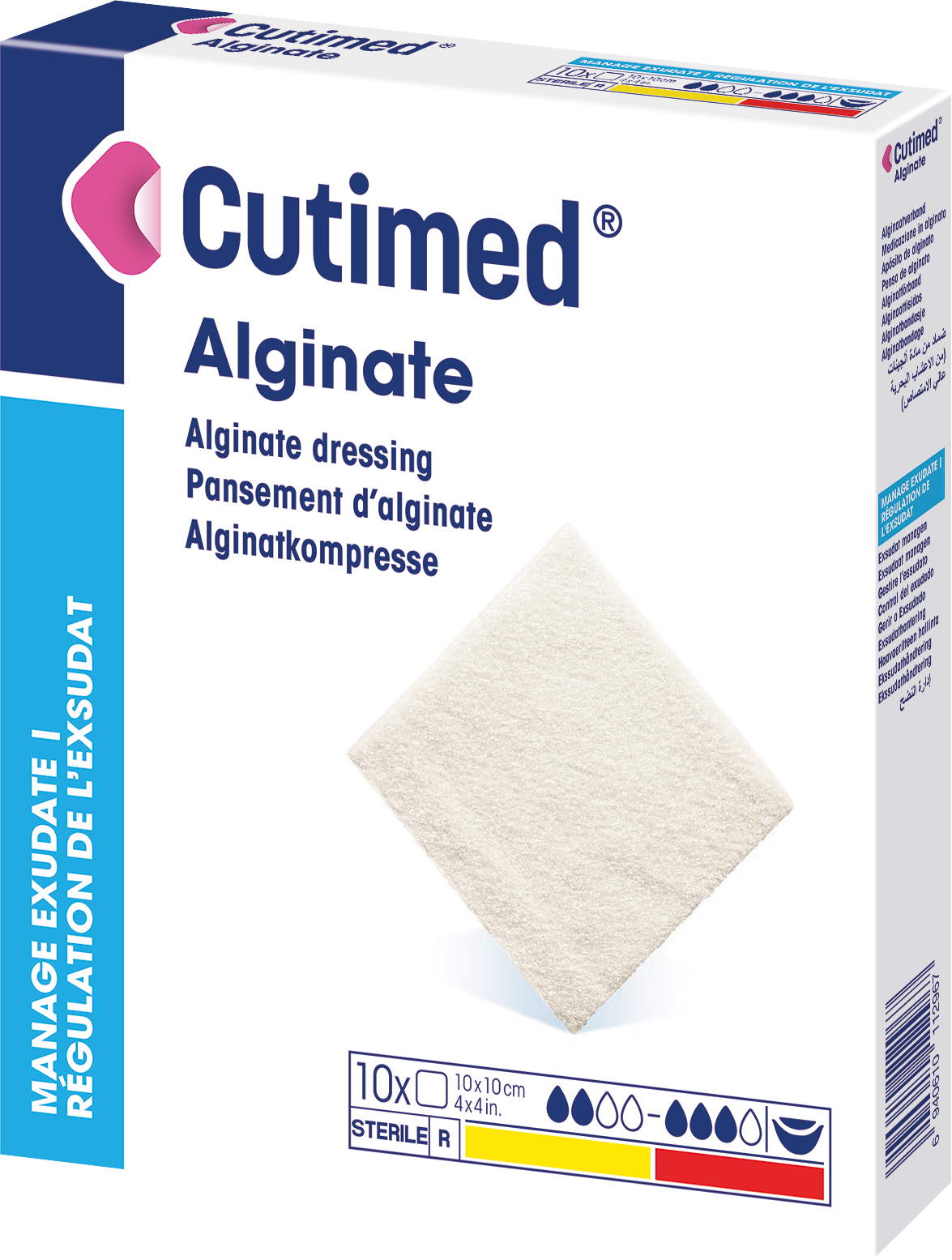
Cutimed® Alginate
This product is a sterile, non-medicated alginate dressing, consisting of mainly calcium alginate fiber.
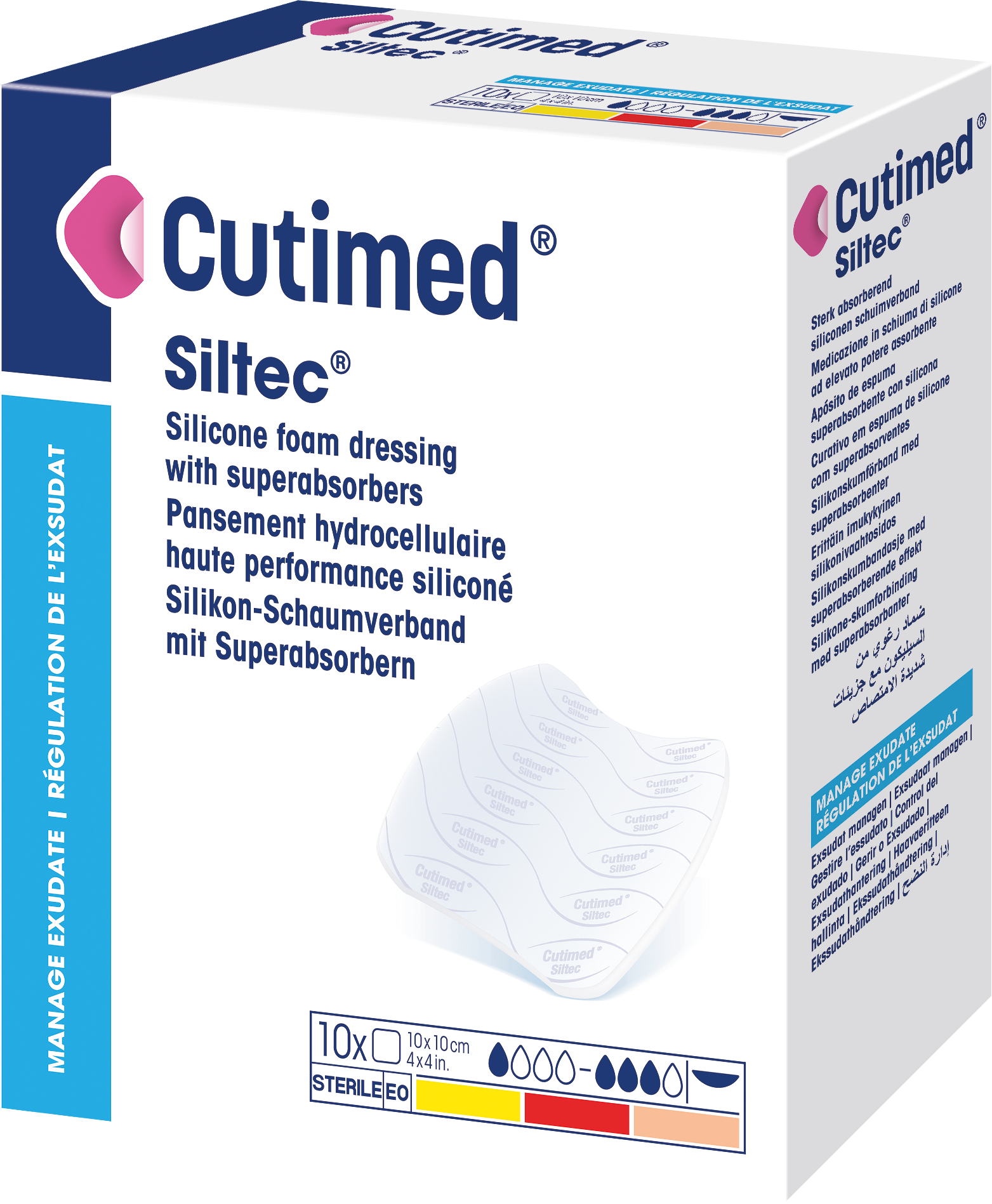
Cutimed® Siltec®
is a silicone coated, sterile, absorbent polyurethane foam dressing for atraumatic dressing changes that contains superabsorbent stripes which absorb and lock wound exudate.
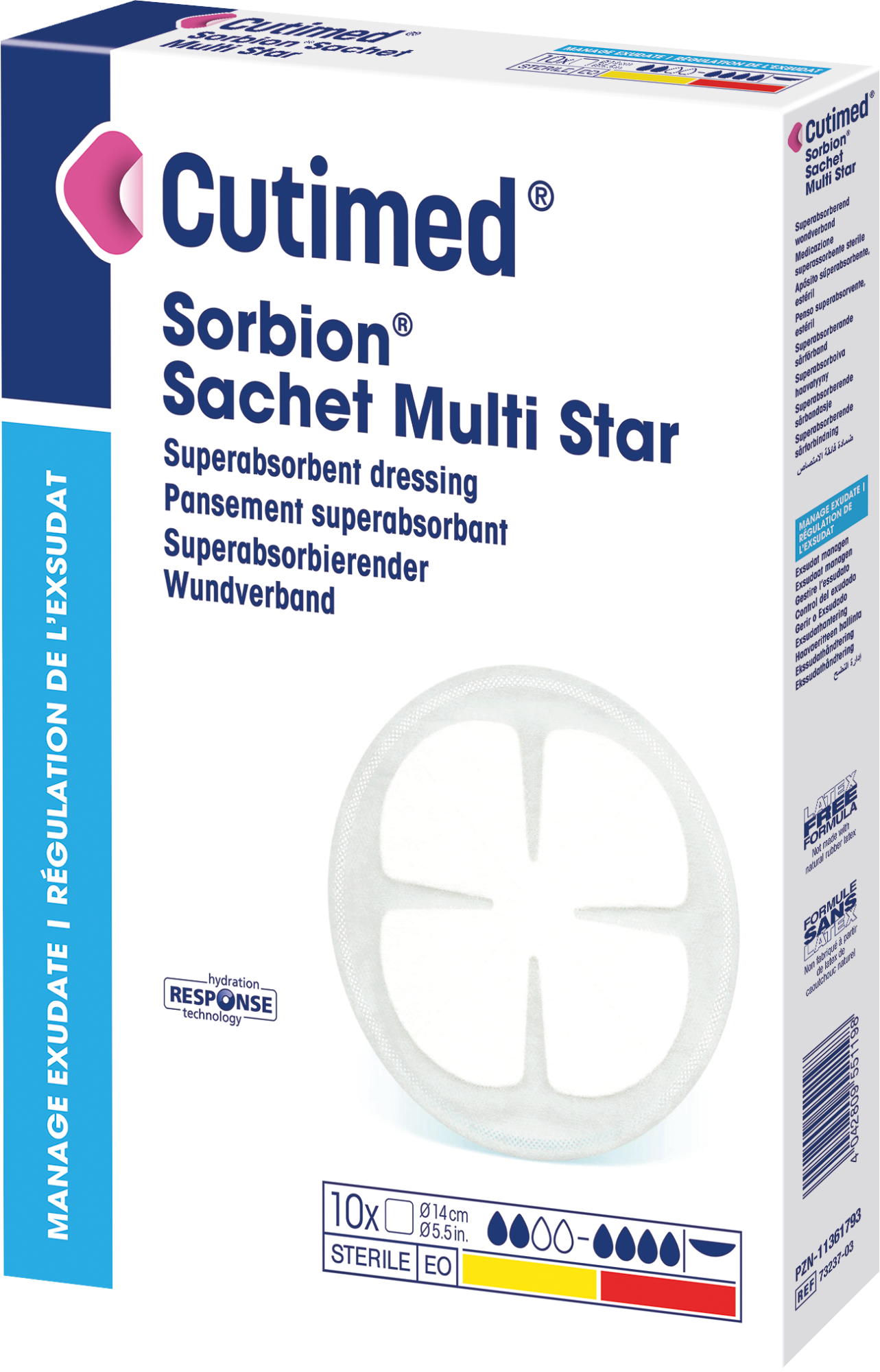
Cutimed® Sorbion® Sachet Multi Star
is a sterile, hydroactive, gel-forming, superabsorbent wound dressing

Cutimed® Sorbion® Sachet XL
is a sterile, hydroactive, gel-forming, superabsorbent wound dressing.
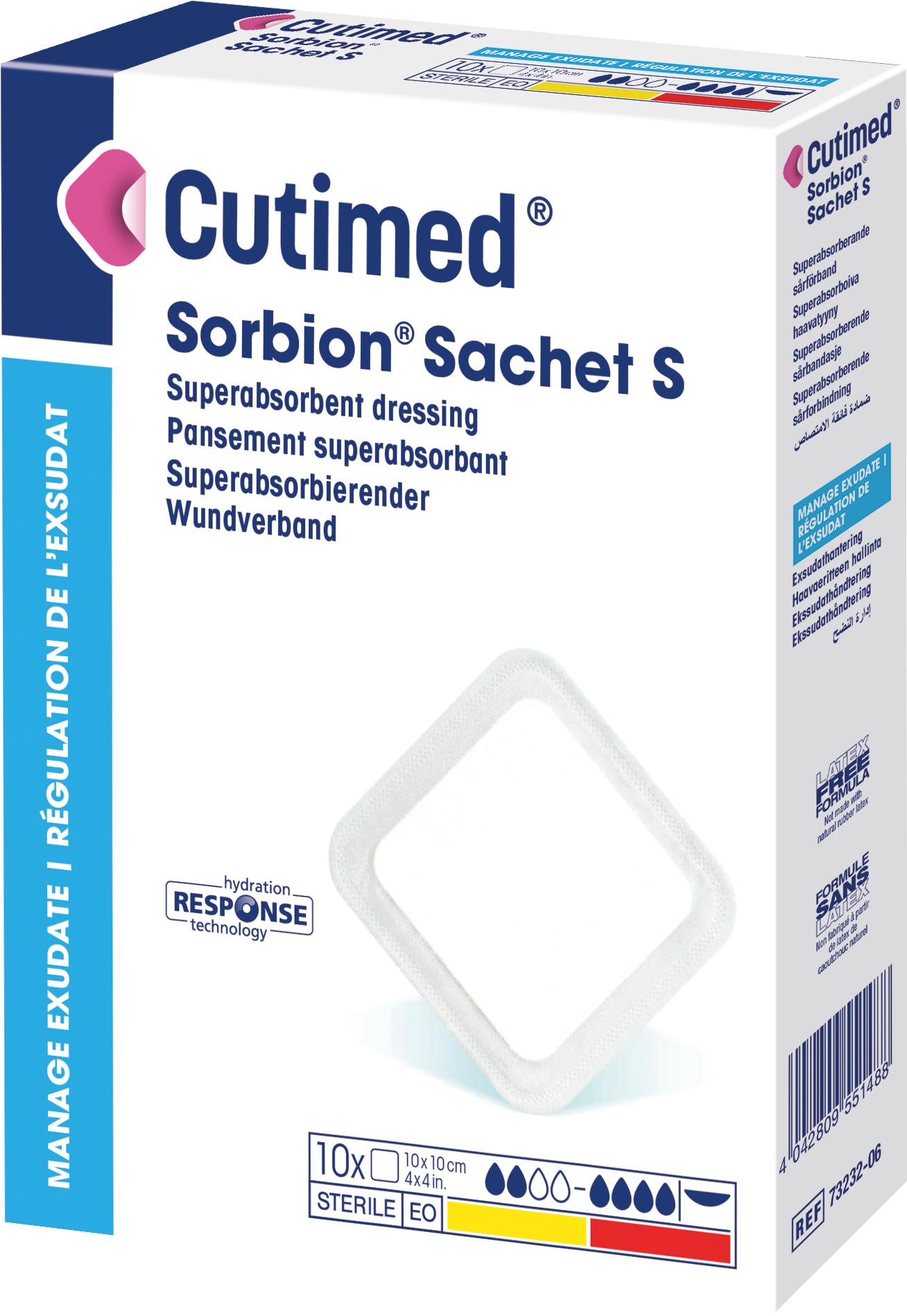
Cutimed® Sorbion® Sachet S
is a sterile, hydroactive, gel-forming, superabsorbent wound dressing.
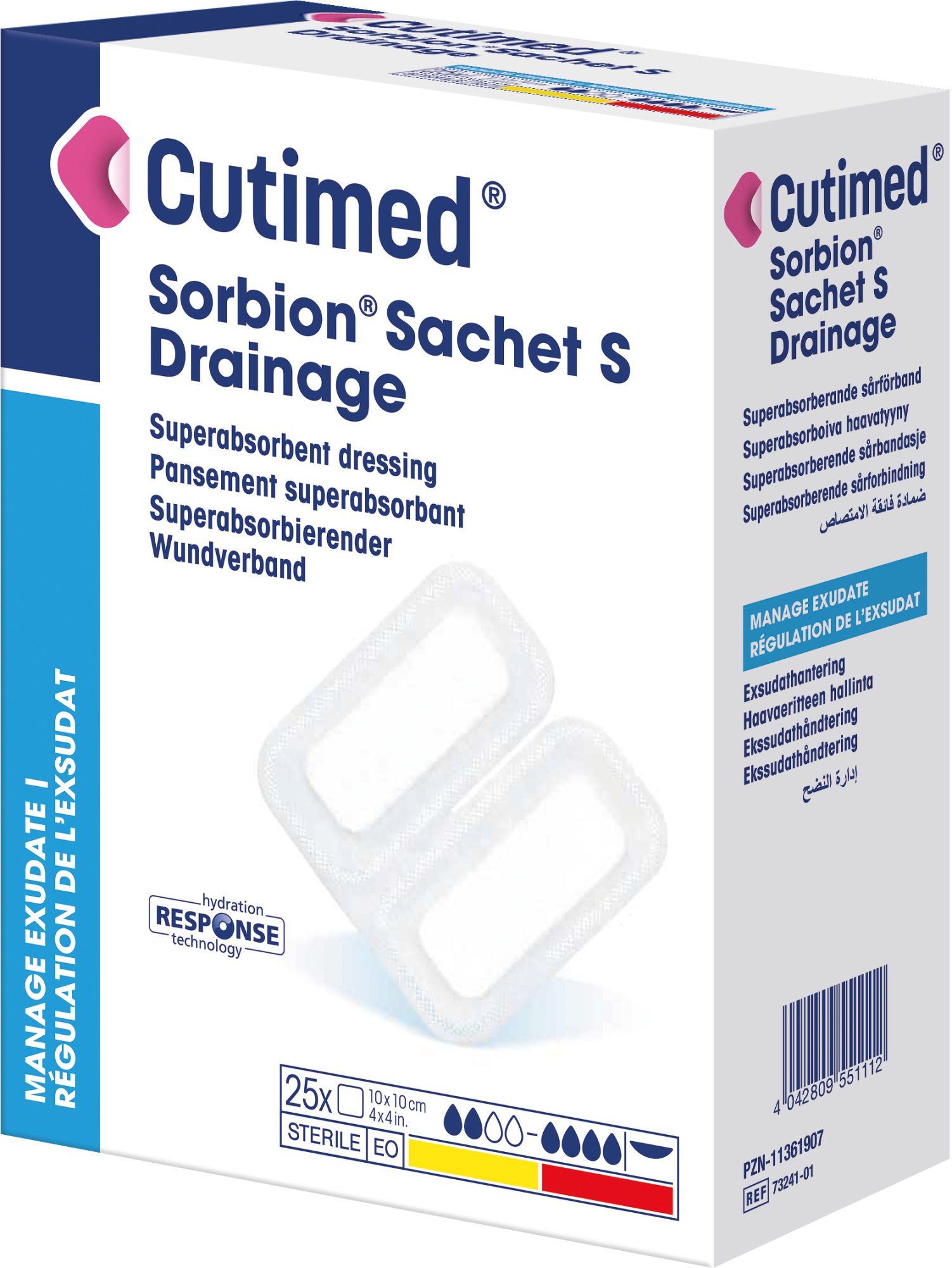
Cutimed® Sorbion® Sachet S Drainage
is a sterile, hydroactive, gel-forming superabsorbent wound dressing.
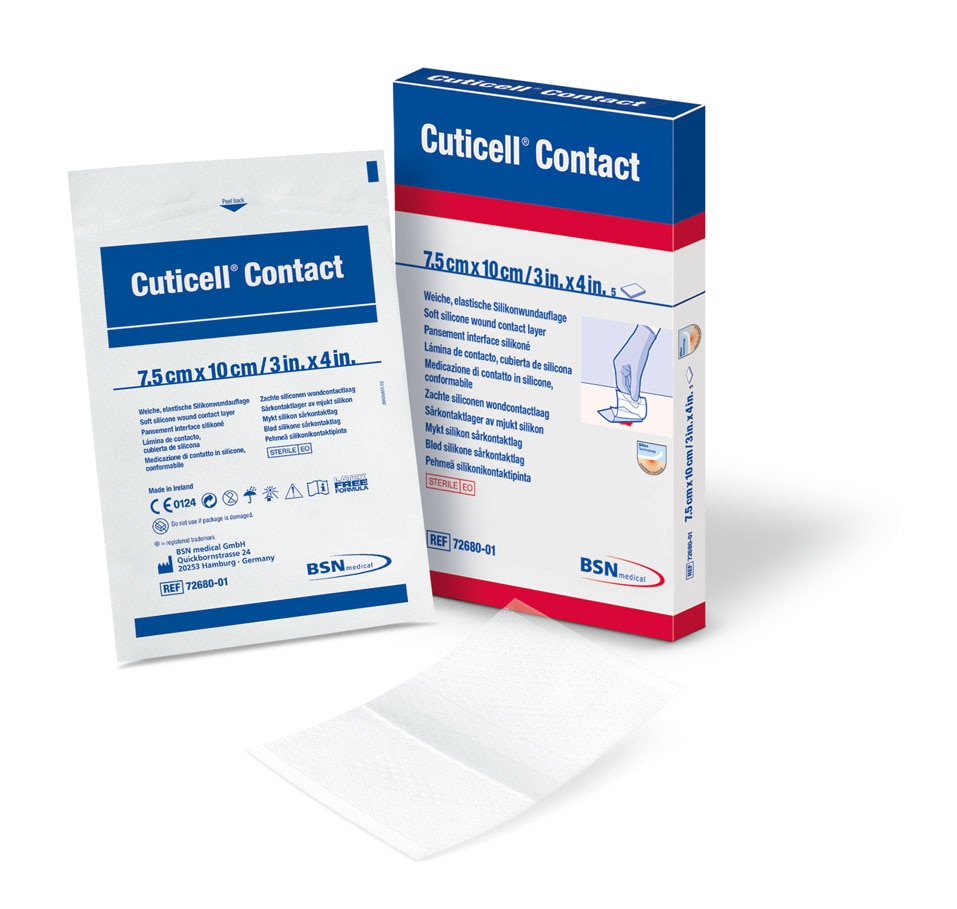
Cuticell® Contact
is a primary wound contact layer consisting of an elastic and transparent polyurethane film coated with soft silicone.
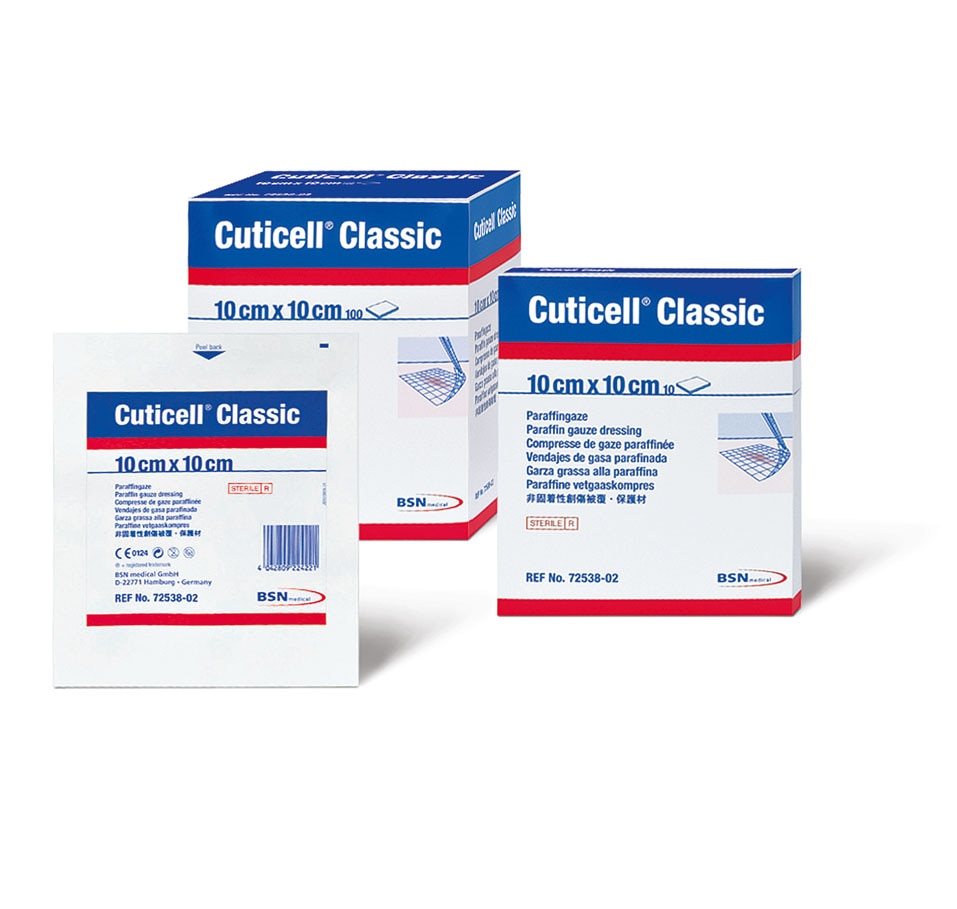
Cuticell® Classic
is a sterile, non-medicated, paraffin gauze dressing with open weave.
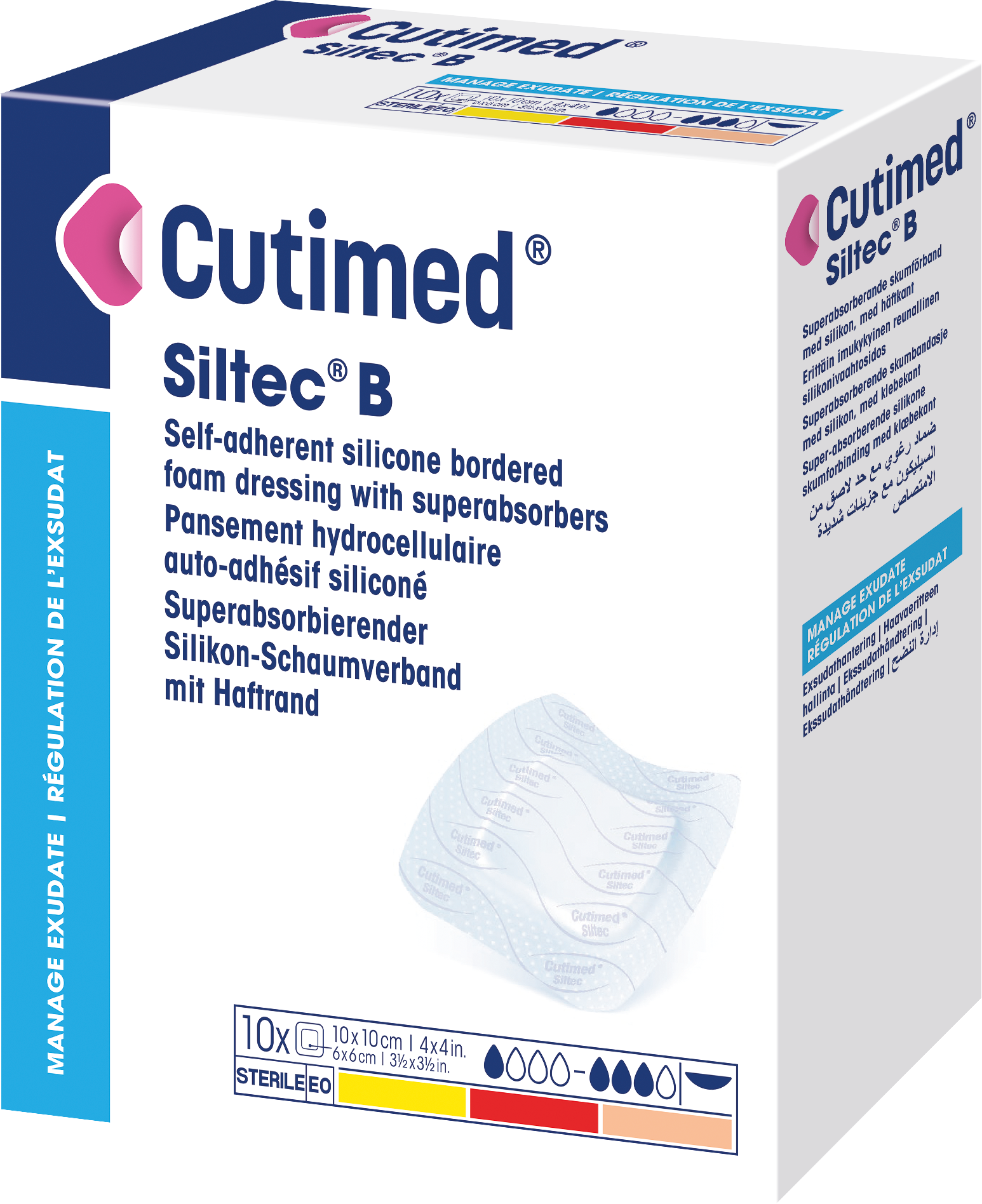
Cutimed® Siltec® B
Cutimed Siltec B - Self-Adhesive Atraumatic Foam Dressing
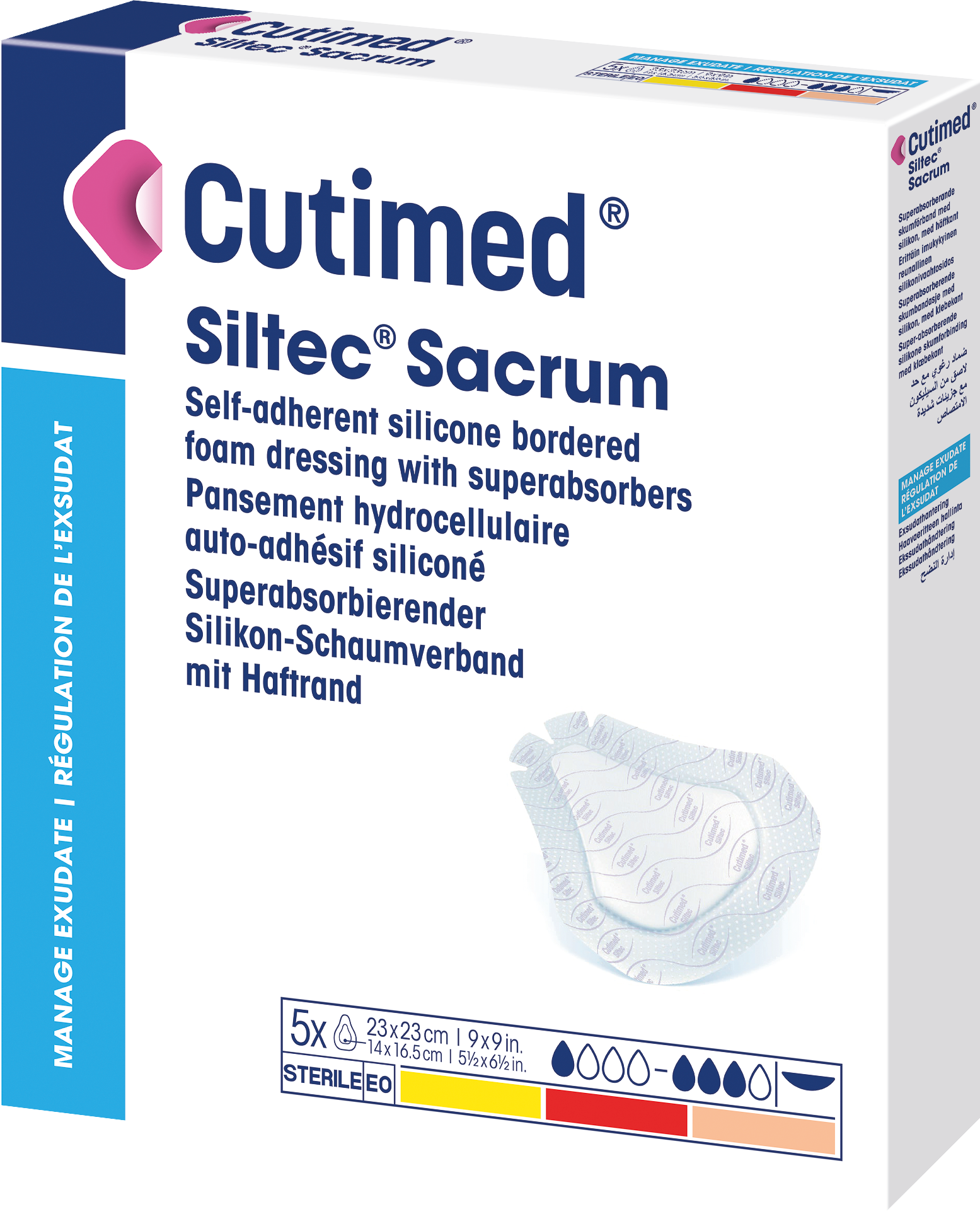
Cutimed® Siltec® Sacrum
is a silicone coated, sterile, absorbent polyurethane foam dressing for atraumatic dressing changes that contains super-absorbent stripes which absorb and lock wound exudate. It has an additional silicone adhesive border, that allows secure and gentle fixation of the dressing.
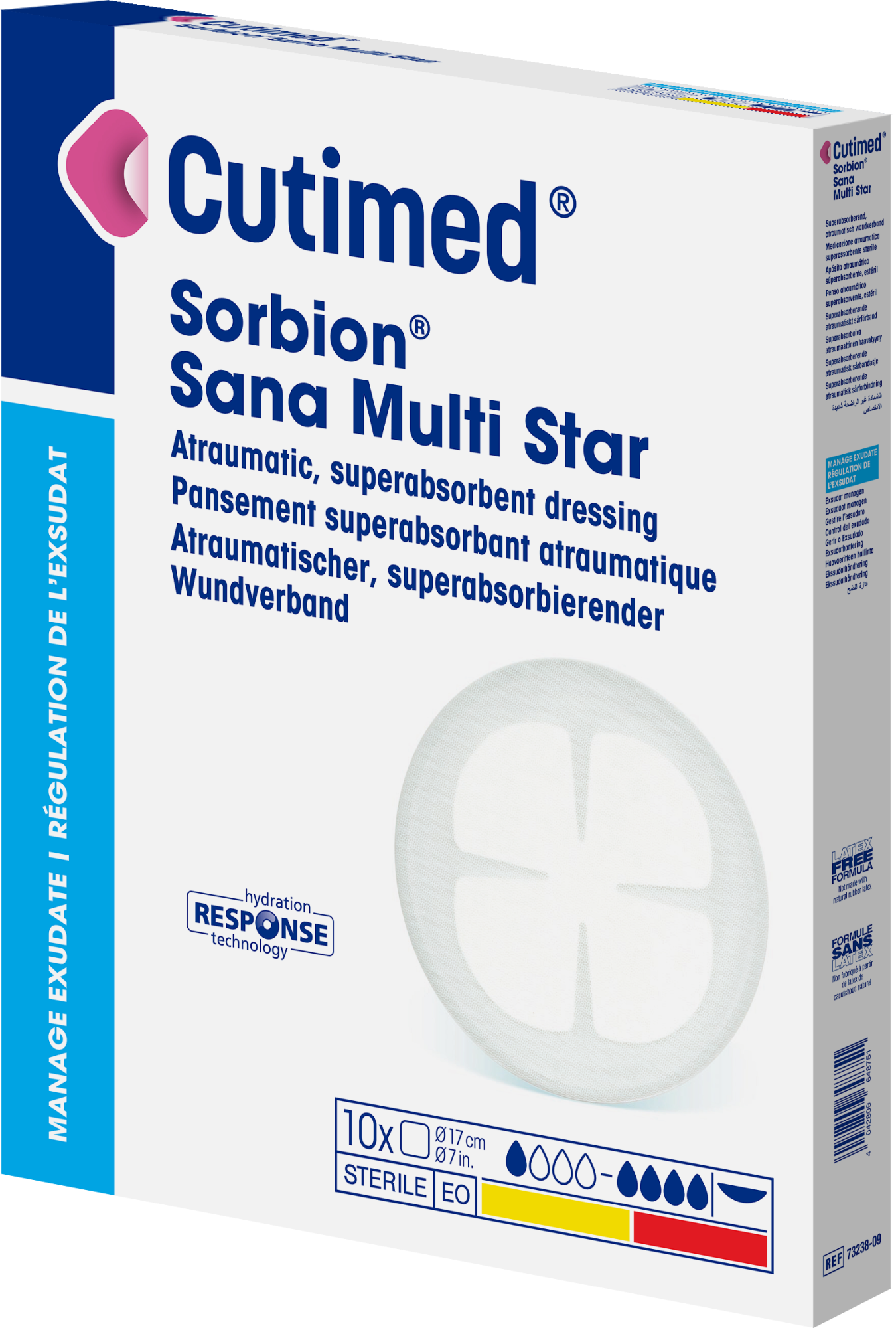
Cutimed® Sorbion® Sana Multi Star
is a is an atraumatic, sterile, hydroactive, gel-forming, superabsorbent wound dressing.
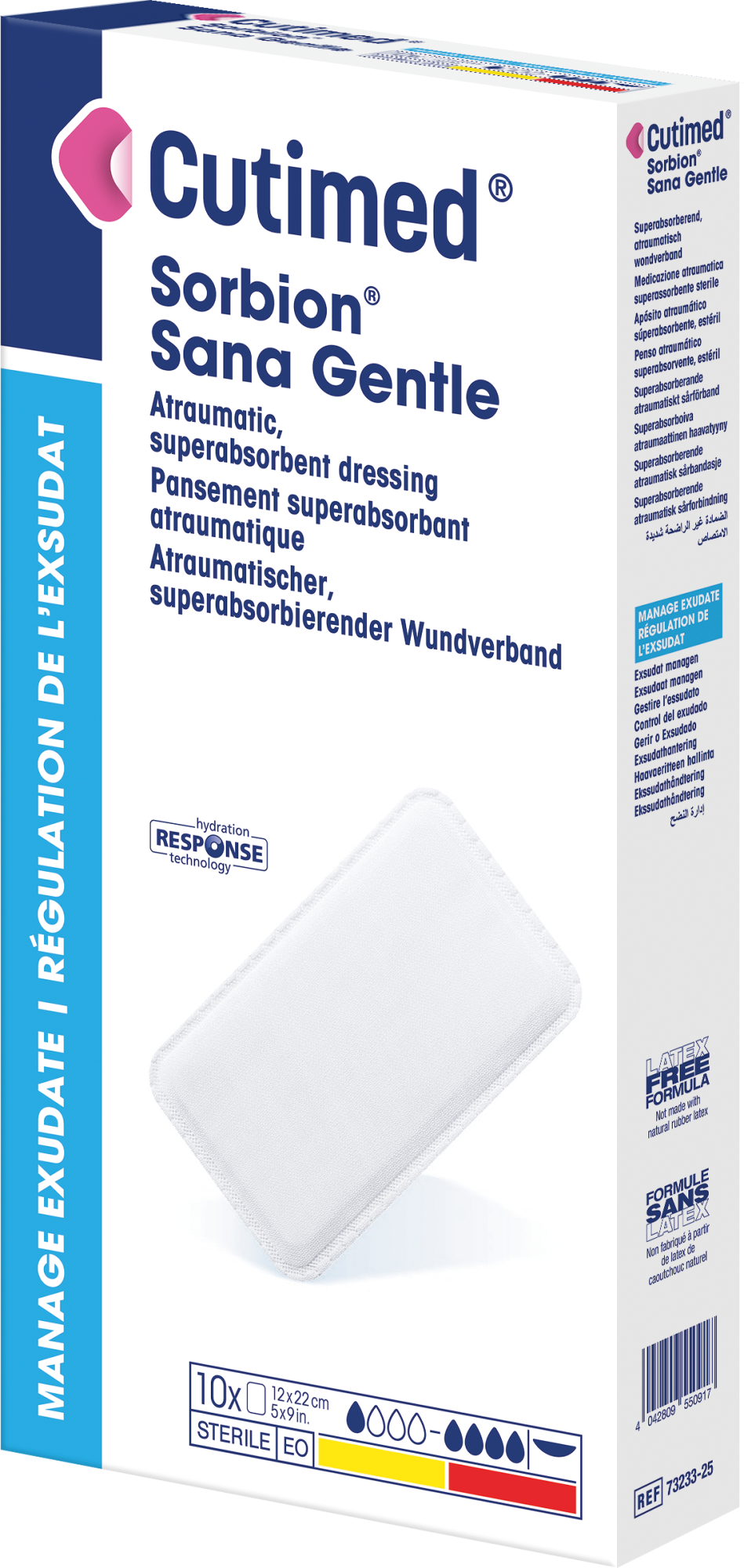
Cutimed® Sorbion® Sana Gentle
is a atraumatic, sterile, hydroactive, gel-forming, superabsorbent wound dressing.
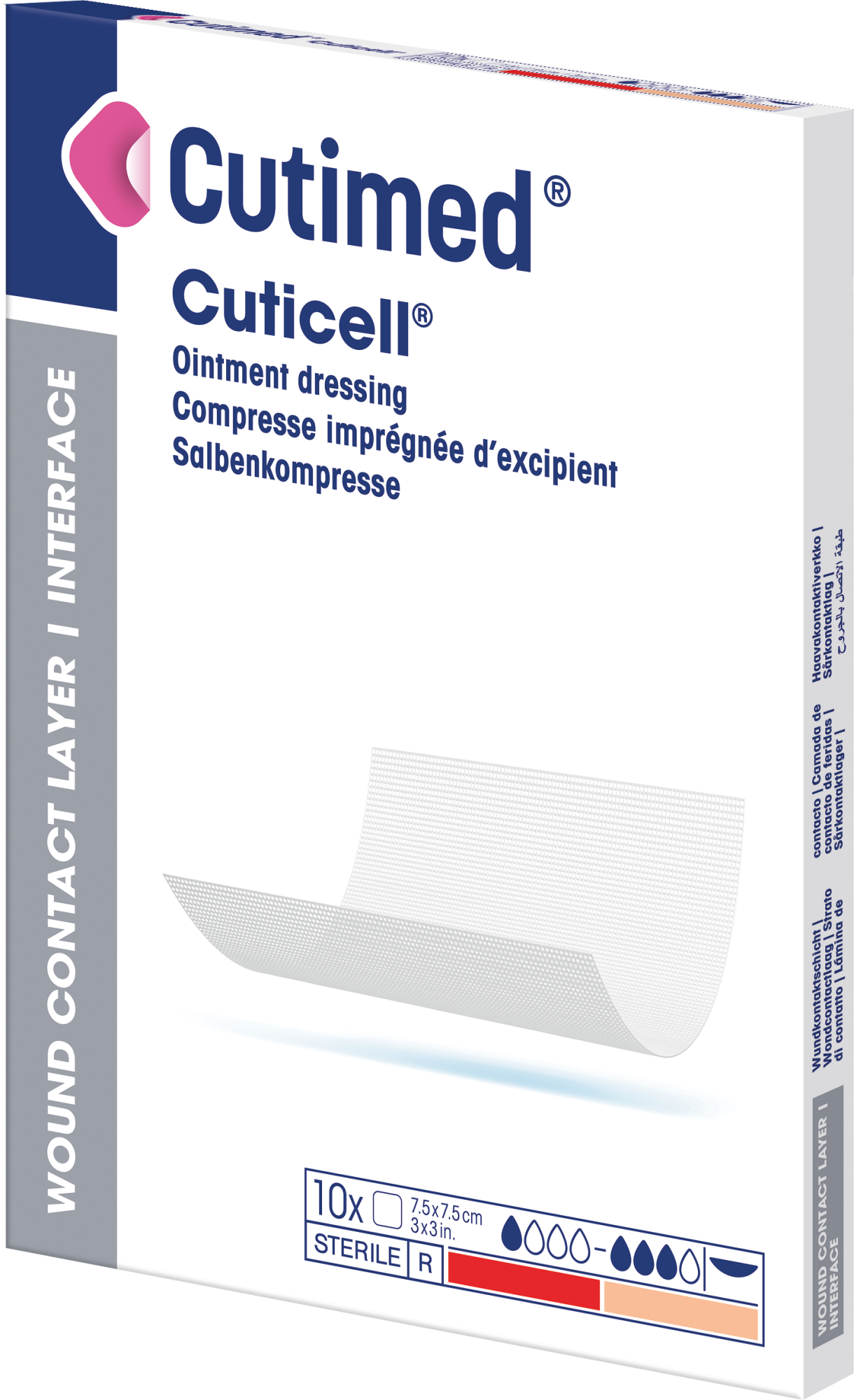
Cuticell®
is a sterile, non-medicated, low adherent dressing due to its ointment coating.
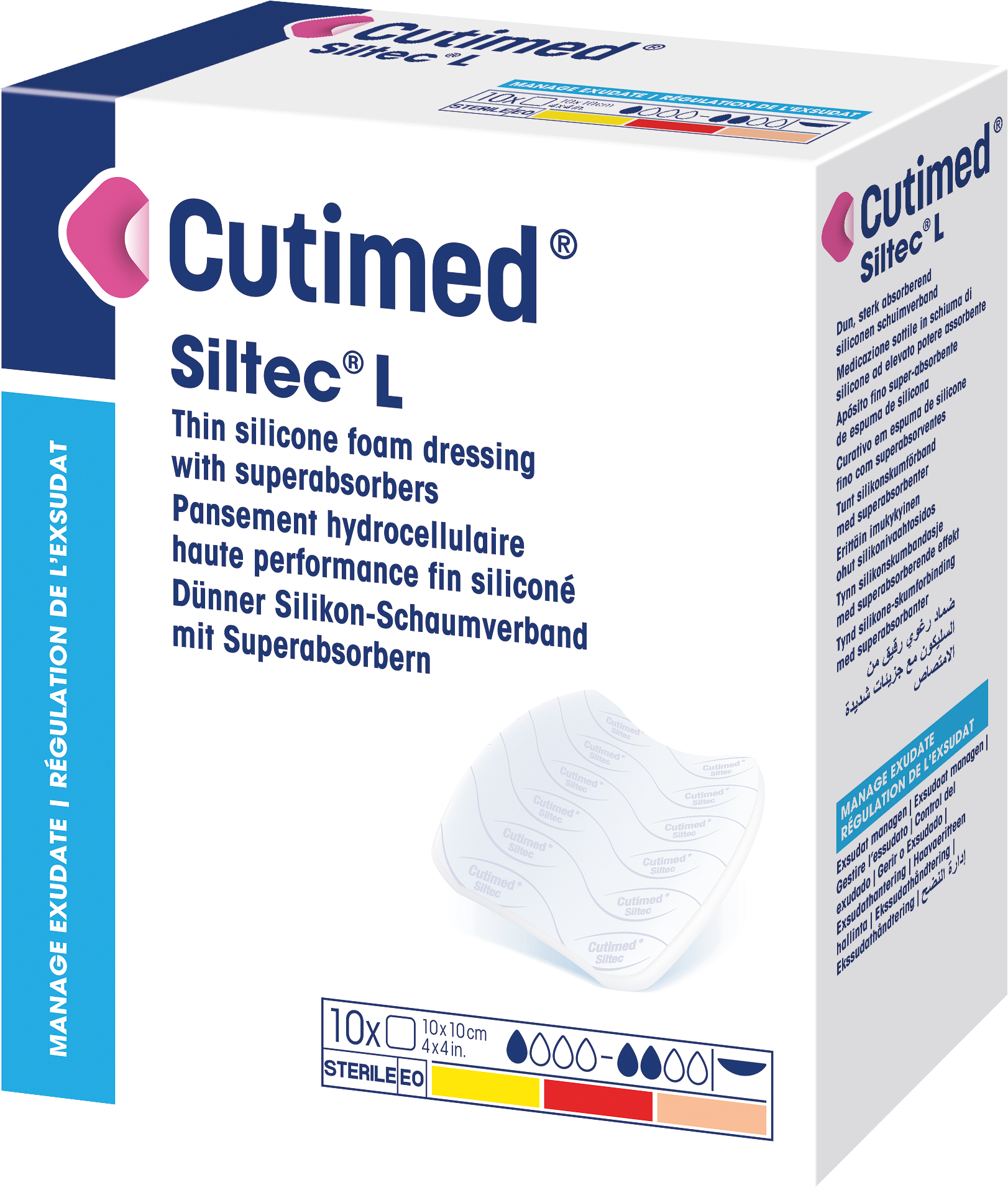
Cutimed® Siltec® L
is a silicone coated, sterile, absorbent polyurethane foam dressing for atraumatic dressing changes that contains superabsorbent stripes which absorb and lock wound exudate.
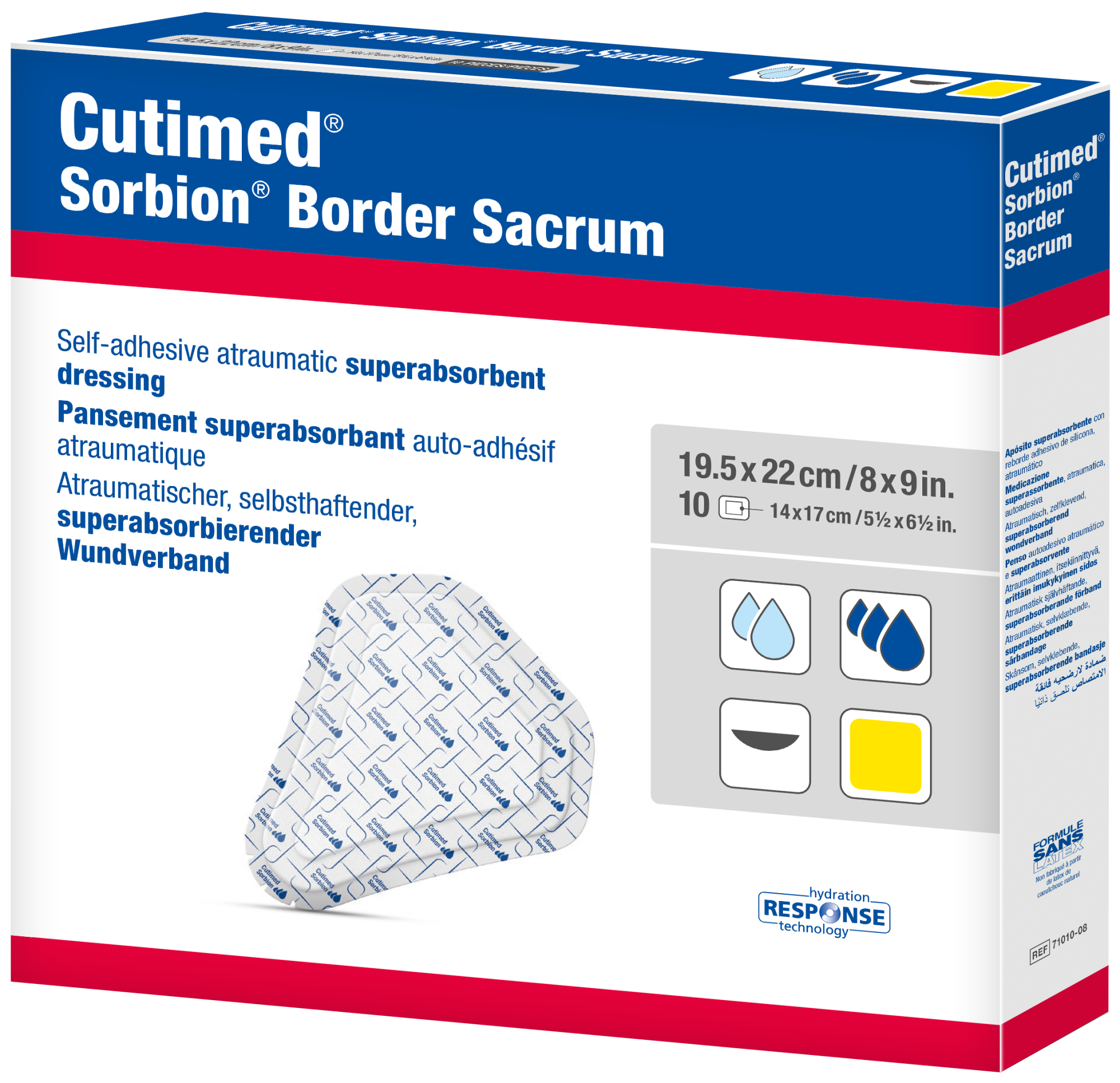
Cutimed® Sorbion® Border Sacrum
is a sterile, superabsorbent, gel-forming, self-adhesive wound dressing, offering atraumatic dressing changes.
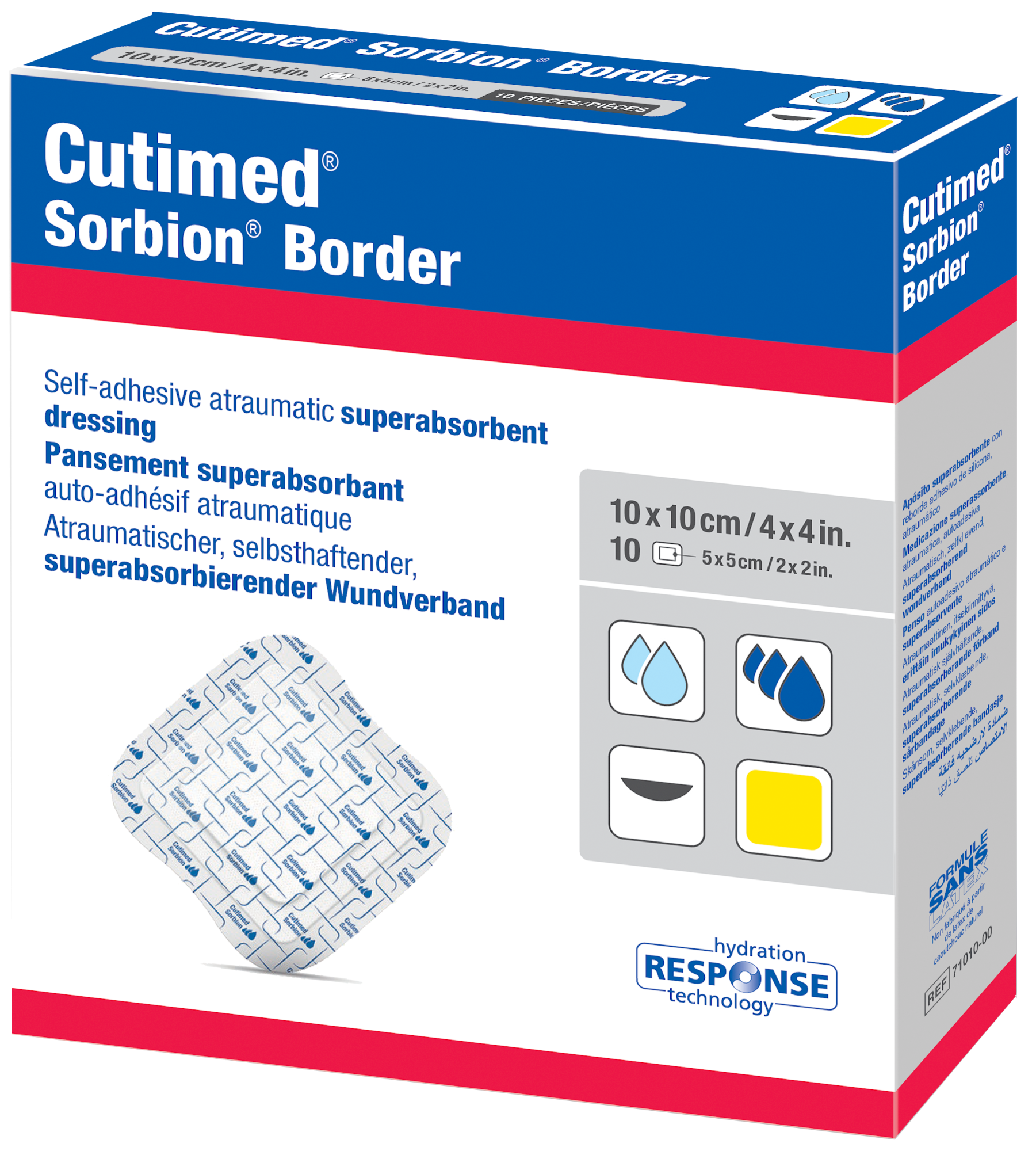
Cutimed® Sorbion® Border
is a sterile, superabsorbent, gel-forming, self-adhesive wound dressing, offering atraumatic dressing changes.
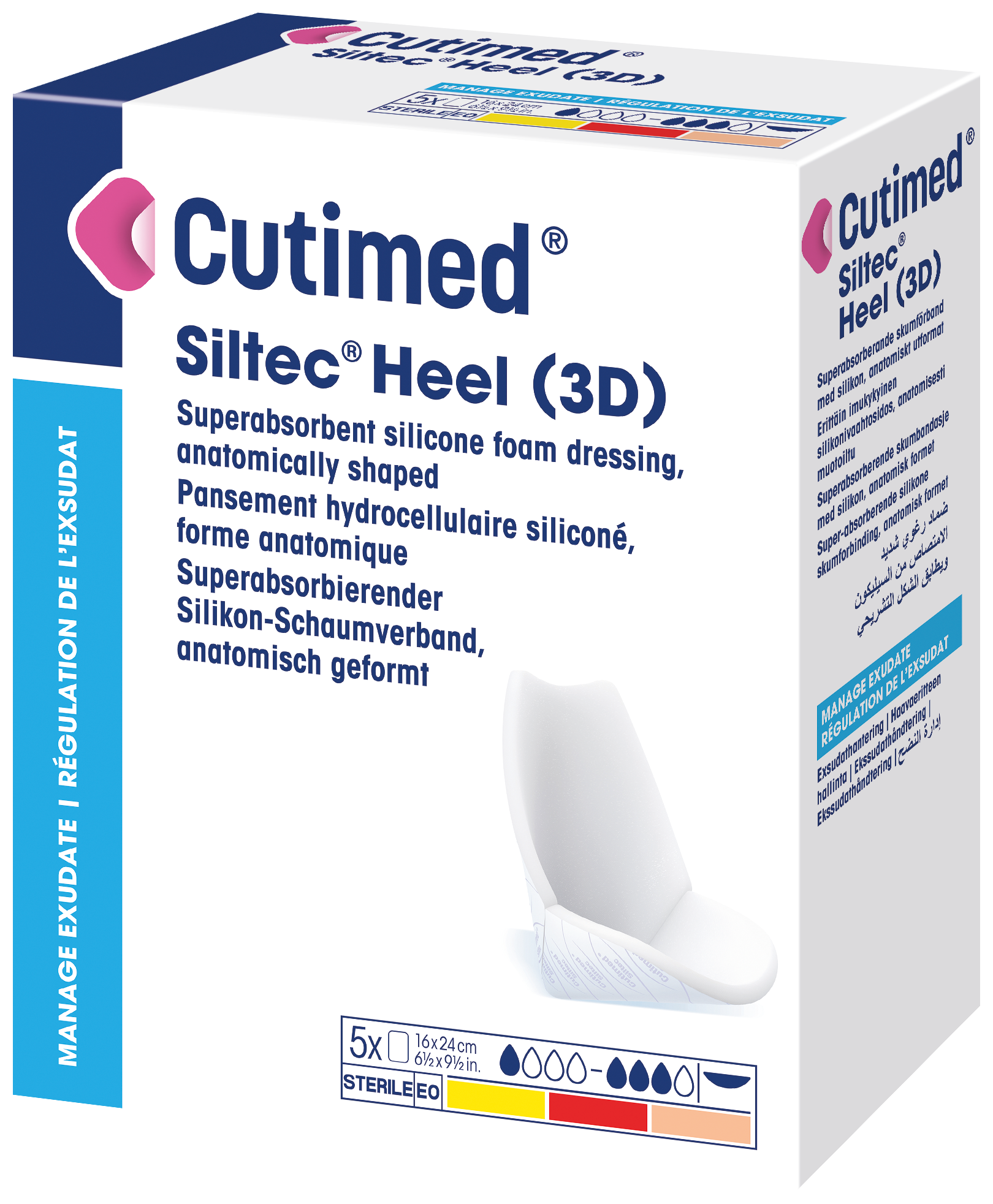
Cutimed® Siltec® Heel 3D
is a silicone coated, sterile, absorbent polyurethane foam dressing for atraumatic dressing changes that contains superabsorbent stripes which absorb and lock wound exudate.
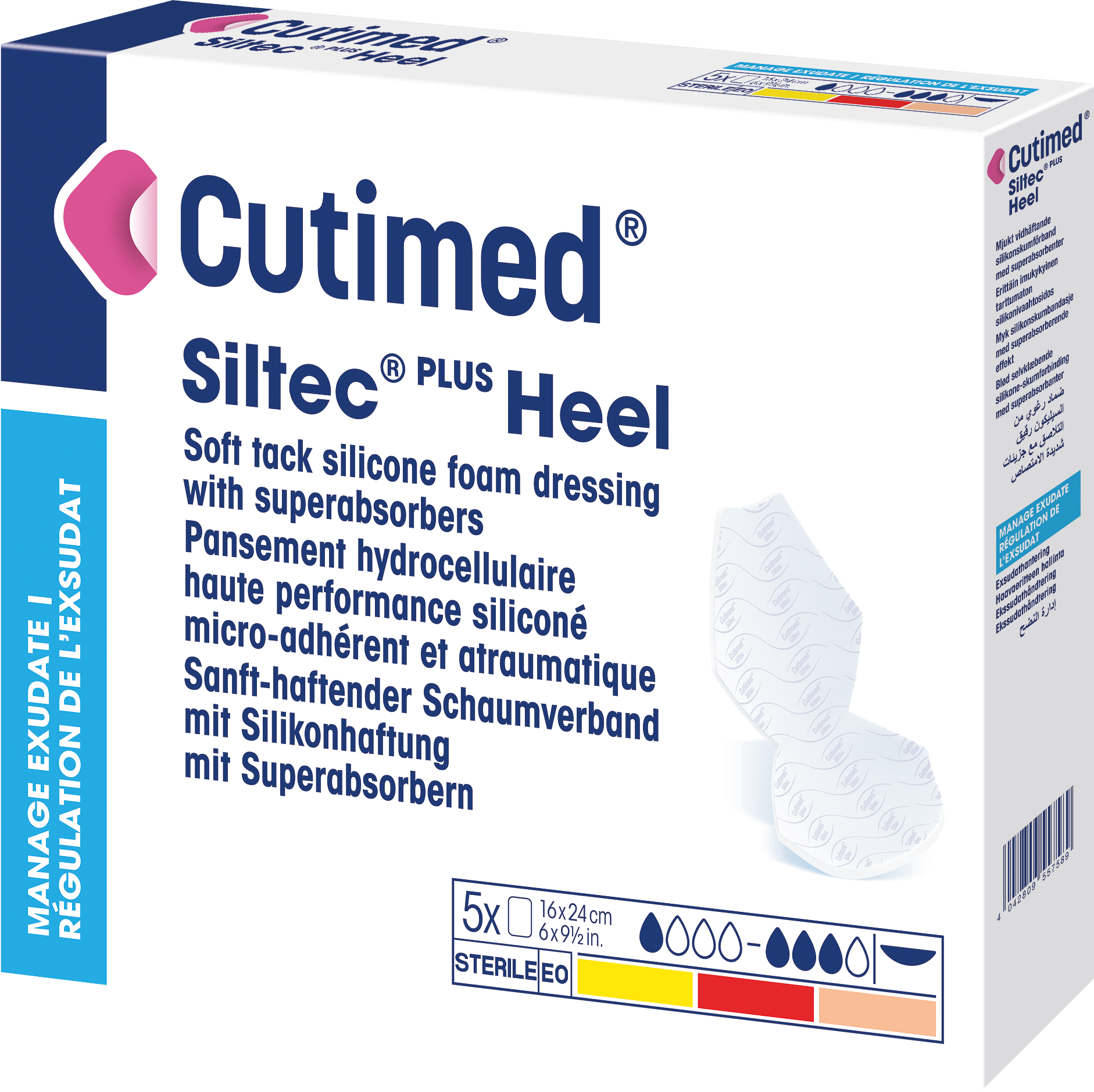
Cutimed® Siltec® PLUS Heel
is a silicone coated, sterile, absorbent polyurethane foam dressing for atraumatic dressing changes that contains superabsorbent stripes which absorb and lock wound exudate
